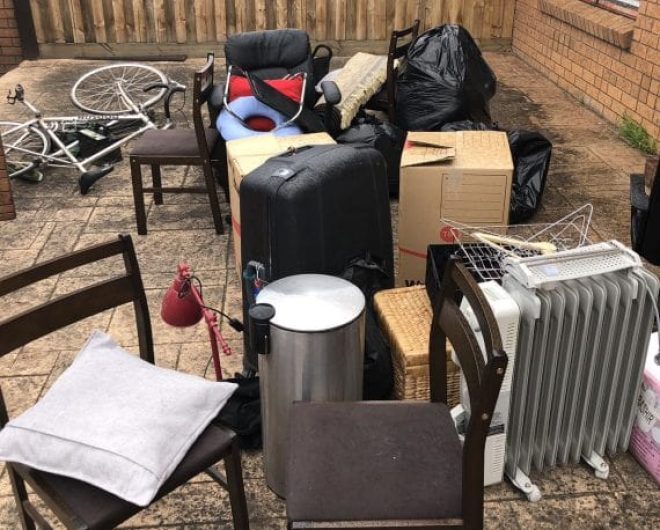
Water Damage Repair Dallas - Water Extraction near Dallas
Water damage can wreak havoc in both residential and commercial properties, leading to costly repairs and disruptions. However, the approach to addressing water damage in these settings can vary significantly due to several key differences. Understanding these distinctions is crucial for property owners, restoration professionals, and insurers alike. In this comprehensive guide, we explore the unique challenges and considerations involved in residential versus commercial water damage repair.
Property Size and Complexity
One of the most apparent differences between residential and commercial water damage repair is the scale and complexity of the affected property. Residential properties typically consist of single-family homes, apartments, or condominiums with fewer levels and less square footage compared to commercial buildings. The smaller size of residential properties often means that the scope of damage is more contained and localized.
In contrast, commercial properties encompass a wide range of structures such as office buildings, retail stores, warehouses, and industrial complexes. These buildings are often larger, with multiple floors and diverse layouts. Water damage in commercial settings can affect expansive areas, including equipment, inventory, and critical infrastructure. The sheer scale and complexity of commercial buildings pose unique challenges during restoration efforts.
Building Materials and Construction
Another significant factor influencing water damage repair is the type of building materials used in residential versus commercial construction. Residential properties typically employ materials such as wood framing, drywall, and basic flooring like carpet or hardwood. These materials are more susceptible to water absorption and can sustain severe damage if not promptly addressed.
In contrast, commercial buildings often feature more durable and specialized construction materials, such as concrete, steel, and reinforced structures. While these materials may offer greater resistance to water damage, they can still be compromised by prolonged exposure to moisture. Moreover, commercial properties often house complex systems like HVAC, electrical, and plumbing, which can exacerbate water damage if affected.
Occupancy and Business Interruption
One critical distinction between residential and commercial water damage repair is the impact on occupancy and business operations. Water damage in residential properties primarily disrupts the daily lives of occupants and may necessitate temporary relocation during repairs. While this can be stressful for homeowners, the focus remains on restoring the property to a livable condition.
In contrast, water damage in commercial properties can result in significant business interruption and financial losses. Retailers may face inventory damage, while offices may experience disruptions to productivity and client services. For industries like healthcare or manufacturing, downtime due to water damage can have far-reaching consequences, impacting patient care or production schedules.
Regulatory and Insurance Considerations
Navigating regulatory requirements and insurance coverage differs substantially between residential and commercial properties. Residential homeowners typically rely on homeowner’s insurance to cover water damage, although coverage limitations and exclusions may apply. In some cases, additional flood insurance may be necessary, especially for properties located in flood-prone areas.
Commercial properties often carry commercial property insurance that covers various types of damage, including water intrusion. However, the coverage terms and conditions can be more complex, especially for larger enterprises with multiple locations or specialized operations. Commercial property owners must also comply with building codes and regulations that may impact restoration and repair efforts.
Specialized Equipment and Expertise
Due to the unique challenges posed by commercial water damage, restoration professionals often require specialized equipment and expertise. Commercial properties may need advanced drying techniques, moisture detection tools, and heavy-duty extraction equipment to mitigate water damage effectively. Restoration companies that specialize in commercial properties understand the intricacies of these environments and can expedite the recovery process.
In contrast, residential water damage repair may involve more straightforward techniques and equipment suitable for smaller-scale projects. Restoration professionals working in residential settings focus on preserving personal belongings and restoring the home’s comfort and safety for occupants.
Conclusion
In summary, while water damage poses significant risks to both residential and commercial properties, the approach to repair and restoration varies due to several key differences. Residential properties tend to be smaller in scale with simpler construction materials, primarily affecting occupants’ daily lives. In contrast, commercial properties are larger and more complex, often involving extensive business interruption and specialized restoration techniques.
Understanding these differences is essential for property owners, restoration professionals, and insurers to effectively address water damage and minimize its impact. By recognizing the unique challenges associated with residential versus commercial water damage repair, stakeholders can implement targeted strategies to restore properties swiftly and mitigate financial losses.
Read others: Elevating Home Comfort: SD Appliance Service in Action



